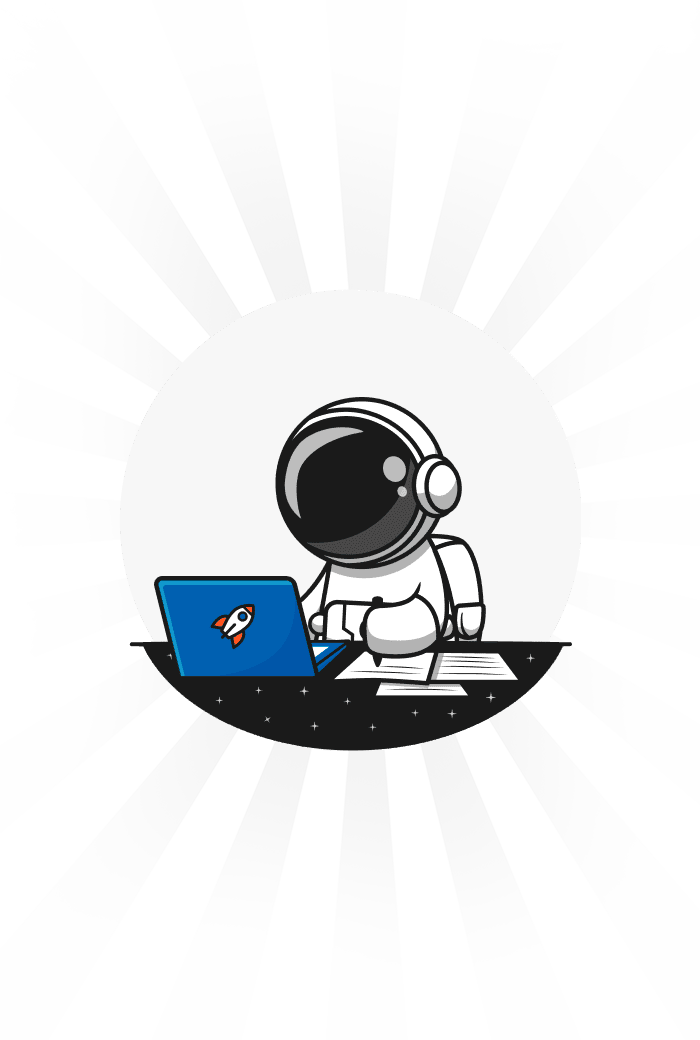What is cGMP compliance?
cGMP stands for Current Good Manufacturing Practices. It is established by the U.S. Food and Drug Administration (FDA). cGMP is a set of quality assurance guidelines and regulations that ensure the safety, quality, and consistency of pharmaceutical, biotechnology, and food products. cGMP must be followed by manufacturers throughout the production process, from the design of facilities and equipment to the testing, storage, and distribution of products.
- cGMP guidelines call for
- Rigorous documentation
- Quality control
- Traceability, primarily preventing contamination, errors, and deviations that could pose risks to consumer health and product efficacy.
Complying with cGMP is essential for regulatory compliance and delivering safe, effective, and reliable products.
Request an Online Demo





































